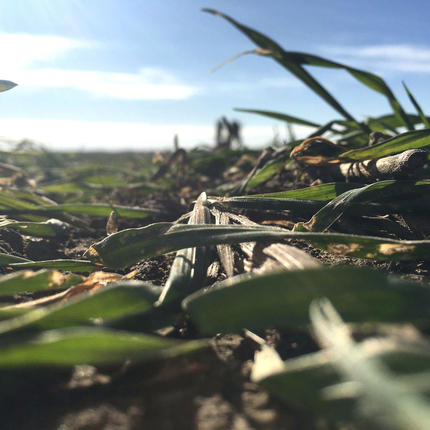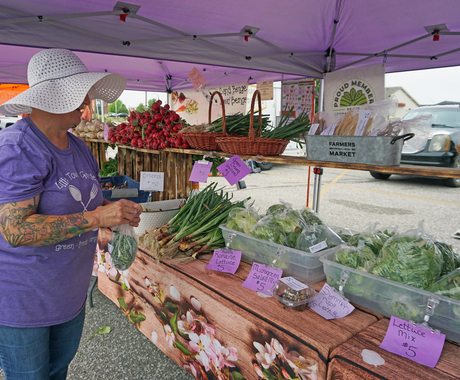By Kayla Bergman, former staff member
In recent years, there has been an increase in cover crop implementation across the U.S. due, in part, to federal and state programs offering financial and technical assistance.
Cover crops are seeded in the fall to protect the soil from erosion through the winter and early spring. They also serve the important function of building soil health through increasing the soil organic matter, especially when partnered with no-till and other conservation measures.
According to the recent USDA report, “Cover Crop Trends, Programs, and Practices in the United States,” cover crop acres increased by 50% between 2012 and 2017. The increase took cover crop acres established nationally in 2017 to 15.4 million acres.
The growth was spurred, in part, by financial and technical assistance programs producers are using to implement this conservation practice, along with others. Through the U.S. Department of Agriculture’s Natural Resources Conservation Service (NRCS), there are two programs offering help—the Conservation Stewardship Program and Environmental Quality Incentives Program.
The Conservation Operations account, which funds conservation planning and implementation assistance on those agricultural lands at the federal level, is currently under review as part of the annual appropriations process. As lawmakers review the funding, we ask them to keep in mind our nation’s farmers and landowners who rely on these programs.
To maintain the cover crops acres and continue increasing the implementation of this practice and others, we need to ensure these important financial and technical assistance programs continue to be available.



